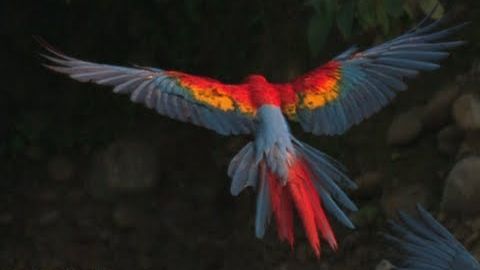
字幕と単語
スローモーションでMACAWS!熱帯雨林研究!よりスマートな毎日60 (MACAWS in SlowMotion! Rainforest Research! Smarter Every Day 60)
00
林宜悉 が 2021 年 01 月 14 日 に投稿保存
動画の中の単語
research
US /rɪˈsɚtʃ, ˈriˌsɚtʃ/
・
UK /rɪ'sɜ:tʃ/
- v.t./i.研究する;市場調査をする
- n. (c./u.)研究;研究分野;研究報告;市場調査
A2 初級TOEIC
もっと見る エネルギーを使用
すべての単語を解除
発音・解説・フィルター機能を解除
